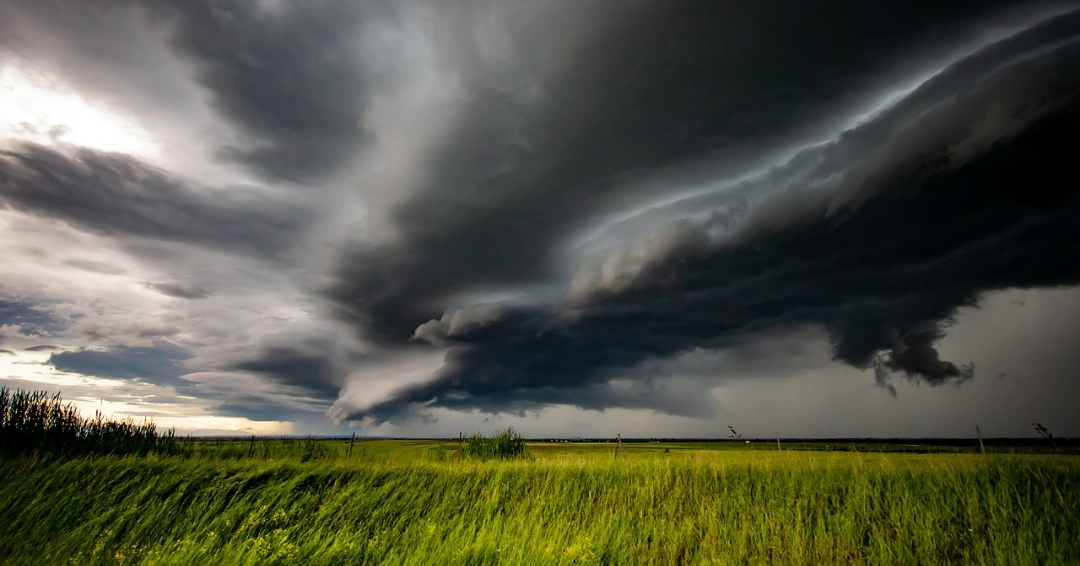Europe is experiencing more extreme weather due to climate change, raising concerns about this summer's potential for heat waves, droughts, floods, and forest fires. The outlook is pessimistic based on recent trends. Adapting to climate change and improving preparedness are essential in light of these challenges.
Heatwaves. Heatwaves are becoming increasingly frequent, intense, and widespread in Europe, as observed in the summer of 2022. This trend is projected to persist in all climate scenarios. Southern Europe could experience over 60 days of summer with health-risk temperatures, leading to more deaths and hospitalizations, especially among the elderly and vulnerable. Urgent adaptation measures are needed due to Europe's aging population and urbanization, as heatwaves are the deadliest meteorological events in the region.
Flooding. Europe is expected to experience more heavy rainfall, causing a rise in flooding, particularly in north-western and central regions. To mitigate the severe effects of events like the July 2021 floods in Germany and Belgium, adaptation measures are crucial for safeguarding communities. The risk of flooding remains a concern due to population growth and development in flood-prone areas. Between 1980 and 2021, flooding caused approximately EUR 258 billion in damages, and these costs are increasing annually by more than 2%.
Drought. Europe has faced severe drought conditions in over 50% of its area since 2018, impacting both winter and summer. The 2022 droughts significantly lowered crop yields, affecting crops like maize, corn, soybeans, and olive oil. The anticipation of another dry winter is concerning for the upcoming summer. The unusually warm and dry winter led to minimal snow cover, reduced soil moisture, lower river flows, and decreased water storage in reservoirs across southern and western Europe. Climate projections suggest that southern and central Europe will experience increased heat and drought. Economic losses from drought-related impacts are projected to escalate from the current annual EUR 9 billion to EUR 25 billion at 1.5°C of global warming, EUR 31 billion at 2°C, and EUR 45 billion at 3°C warming.
Wildfires. Human activities often trigger wildfires in Europe, but the severity and impact are influenced by dry, hot conditions and strong winds. Southern Europe is most affected, followed by central and northern regions. Since 1980, wildfires have caused 712 direct deaths across Europe. In a high emissions climate change scenario, the southern parts of Europe, notably the Iberian Peninsula, will see a significant rise in days with high fire danger. The population residing near areas exposed to high-to-extreme fire danger for at least 10 days each year could increase by 15 million (+24%) under a 3°C global warming scenario.
Climate related diseases. Certain disease-carrying species, like ticks and the tiger mosquito, are prevalent or invasive in Europe. Climate warming allows these species to extend their range northward and to higher altitudes. The tiger mosquito's suitability for climate is predicted to expand across Europe, particularly in western regions, possibly making it a major concern by the century's end. Malaria could make a resurgence in Europe due to the prevalence of Anopheles mosquitoes that carry the disease. More rainfall and stagnant water provide additional breeding grounds, while higher temperatures lead to increased mosquito activity.
Effective adaptation measures are often implemented at the local level, making the dedication of regional and local authorities vital. More than 4,500 cities are part of the Covenant of Mayors for Climate and Energy, focusing on adaptation. Additionally, over 300 regions and local authorities have endorsed the EU Mission for Adaptation to Climate Change. The European Environment Agency's tool offers various examples of adaptation efforts taken in Europe, sourced from the Climate-ADAPT portal.
Source: European Environmental Agency

